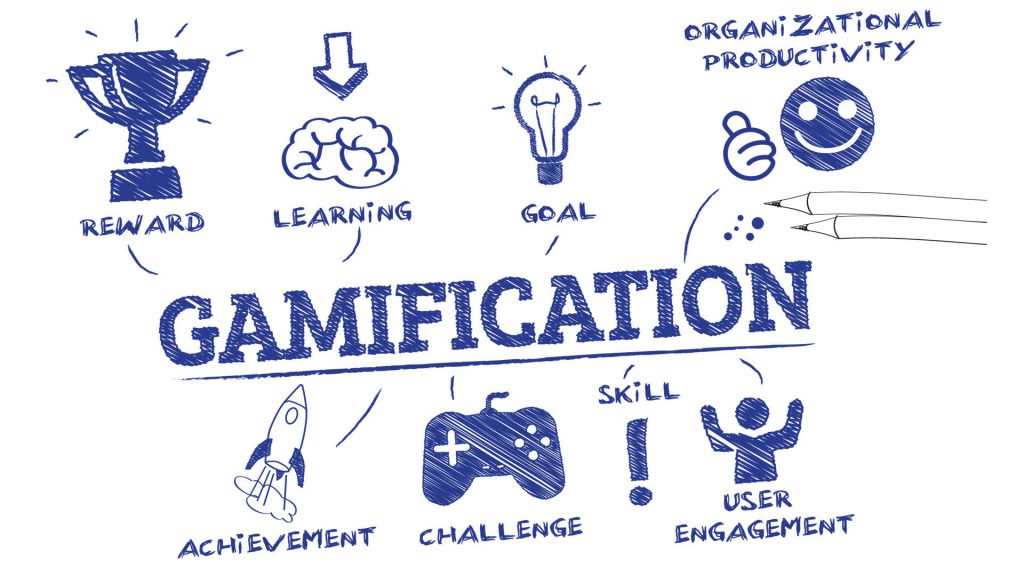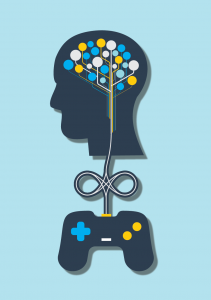eLearning Gamification
Gamify your business and grow your revenues
What is Gamification Training?
Gamification is the process of Incorporating game play elements into non-gaming application such as products, services, websites, software, processes, marketing and communities in order to drive participation, engagement and loyalty
Gamification ‘s main purpose is to help people to get from point A to B in their lives: whether it be for personal growth, societal improvements or marketing engagement.


Gamification is all about engagement and improving user experience with a product or service. Even banal everyday activities which can be low on engagement and experience such as going to school, exercising, taking your medicine and doing housework has recently been gamified
Gamification Tricks people into believing that there’s a simple way to imbue their thing… with the psychological, emotional and social power of a great game.
How does Gamification Work?
If you want to gamify your education app or website, you need to understand what “game thinking” is. Game thinking is a specific approach that uses the mechanics and the aesthetics of games while designing something different – for example, mobile or web resources for education. The critical point here is to apply specific strategies and rules to encourage, guide, challenge, and praise users. When your product (an app, a website, a course, or a single lesson) is gamified, it means that everything looks engaging and functions like in a video game.
- visual design
- story
- competition
- challenges
- rewards
- feedback
Benefits of Gamification
- Create engagement and motivation to learn.
- Make the process interactive and fun.
- Improve learning skills, as well as absorption and retention of knowledge.
- Teach how the real world works – there are rules, and each decision has consequences.
- Foster healthy competition and encourage self-improvement.
- Teach psychological practices, e.g. how to be resilient to setbacks.
- Increase creativity.
- Teach teamwork and collaboration.
- Reduce stress.
- Increase motivation to work. (According to the Gallup stats, about 70% of employees don’t feel engaged. However, if a company uses gamification, workers’ motivation increases up to 45%.)
- Prevent burnout, procrastination, and underperformance.
- Improve productivity.
- Develop specific skills for a job.
- Increase motivation to achieve goals.
- Encourage creativity, initiative, and responsibility.
- Provide a sense of belonging to a team.
